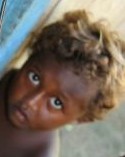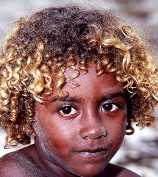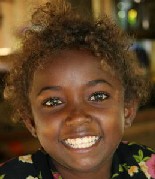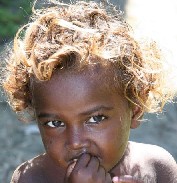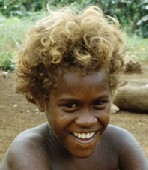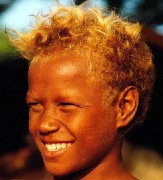

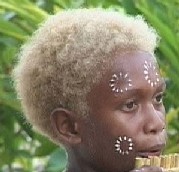
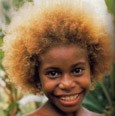
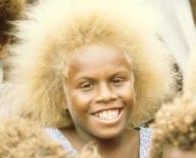
To next page
Chu Yu : P'ing-chou k'ot'an (1119) (Pinzhou Chats)
---------------------------------------------------
Taken from: Teobaldo Filesi: China and Africa in the Middle ages
Duyvendak: China's Discovery of Africa
Also called Zhu Yu: Pingzhou Ketan
In the eight century two dwarf woman and two Seng-chi women (Zangi) were presented to the emperor by the ruler of Sri Vijaya.
See note on Zangi slaves
Most of the wealthy in Kuang-chou (Canton) possessed kuei nu (devil or negro slaves). They are very strong, able to carry weights of several hundred catties (one catty 750gr). Their speech and their desires are unintelligible... Their nature is simple and they do not run away. They are called wild men. Their color is black as ink, their lips are red and their teeth white, their hair is curly and yellow (huang). There are males and females.... (Their sexes are classified to denote the male and female of animals and some birds). They live in the mountains (or islands) beyond the sea. They eat raw things. If, in captivity, they are given cooked food, in a few days they get diarrhea.... (diarrhea is called :changing the bowls "huanchang"). This makes some of them fall ill and die. If they do not die one can keep them. After they have been domesticated for a long time they are able to understand human speech, but they can not utter it themselves.
The ships were ocean liners boasting staterooms, wineshops, and the service of negro stewards.
At sea they (Chinese navigators) are not afraid of the wind and the waves, but of getting shoaled, for they say that if they run aground there is no way of getting of again. If the ship suddenly springs a leak they cannot mend it from the inside, but they order their foreign slaves (lit. devil slaves) to take knives and oakum and mend it from the outside, for the foreign slaves are expert swimmers, and do not close their eyes under water.

